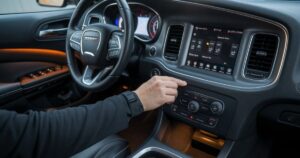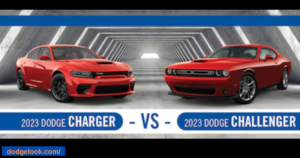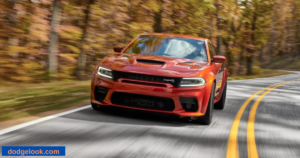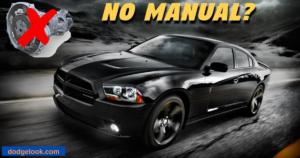Is the Dodge Charger reliable?
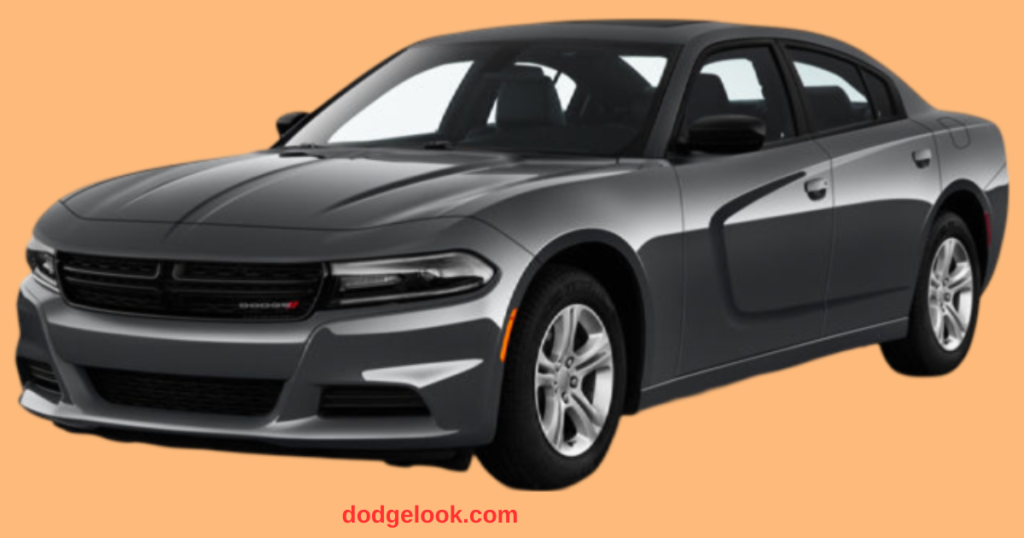
The Dodge Charger is among the longest-running vehicles in production. Currently, it is in its seventh generation, having first been introduced in 1966. The Charger lineup includes a variety of models, ranging from classic muscle cars to contemporary designs that blend the aesthetics of muscle and sports cars. Despite its extensive history, certain model years of the Dodge Charger are advisable to avoid.
This article will concentrate on the two most recent generations. While earlier models have their merits and drawbacks, many owners of these vintage vehicles regard them as collector’s items rather than everyday transportation.
Dodge Charger Model Years to Avoid

Below is a concise list of the Dodge Charger model years that are recommended to be avoided:
- 2006
- 2007
- 2008
- 2011
- 2012
- 2014
In general, the latest iterations of the Dodge Charger tend to perform better than those from the sixth and seventh generations. This trend is somewhat anticipated, as the differences between generations are typically more pronounced than those between individual models.
Nevertheless, there remains a slight chance that the newest models may encounter issues in the future. Vehicles that have been on the market for only a year or two may not have undergone sufficient testing to reveal potential problems.
The most prevalent issue associated with the Dodge Charger is premature engine failure, particularly noted in the 2006 model. Additionally, problems with accessories, transmission, and suspension have also been relatively common over the years to avoid.
In the following section, we will elaborate on some of the most frequently encountered issues with the Dodge Charger.
Common Issues Associated with the Dodge Charger
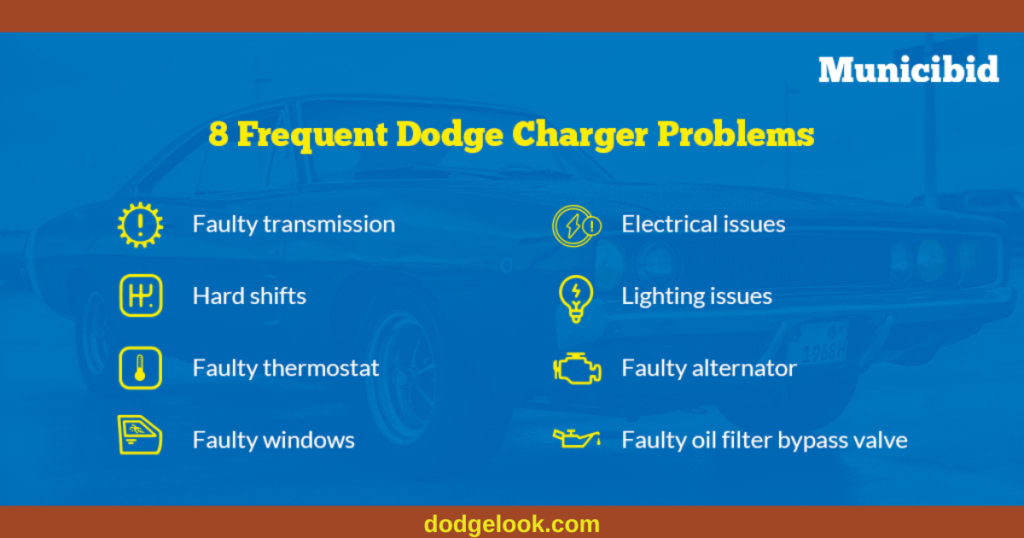
This document outlines several prevalent issues linked to the Dodge Charger, particularly highlighting the model years that should be approached with caution. As is typical with many vehicles, problematic years tend to cluster, with each subsequent model year exhibiting similar, albeit slightly fewer, issues.
Premature Engine Failure
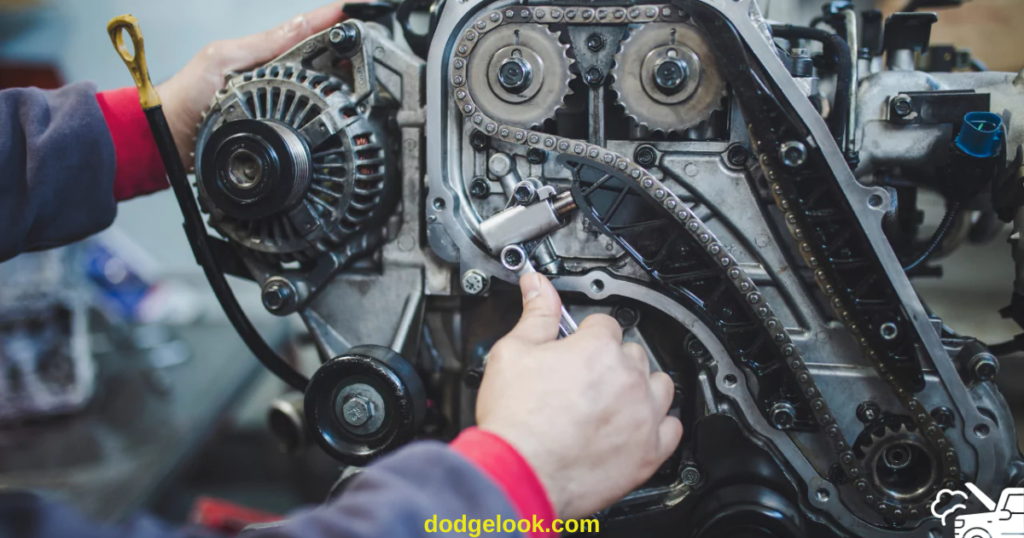
One of the most critical concerns regarding the Dodge Charger is premature engine failure, which ranks among the most frequent issues in the model years that are advisable to avoid. While these vehicles are engineered for significant power, this does not justify the occurrence of early engine failures.
Regrettably, the resolution is often not as straightforward as merely replacing a gasket; in many instances, the engines of Dodge Chargers require complete replacement or rebuilding once they begin to exhibit problems. Consequently, if one acquires a Dodge Charger a year to avoid, they may face the prospect of needing a replacement sooner than expected or planning for a costly engine overhaul in the future.
Sticky Gear Shift

Another issue that can be quite vexing, though not necessarily alarming, pertains to the gear shifter. This complication does not appear to stem from the transmission itself but rather from the design of the shifter as an accessory.
Specifically, the gear shift in the Dodge Charger is prone to becoming stuck in the park position. While this issue can often resolve itself with persistence, it may require several minutes to restore the shifter to its normal functioning state.
Premature Wear and Tear on the Suspension System

Several factors contribute to the early deterioration of the suspension system in certain Dodge Charger model years that should be avoided. The most frequently reported issue involves the premature wear of tie rods and stabilizer pins, alongside concerns regarding the front ball joints and inner tie rods.
Suspension-related problems can lead to costly repairs, particularly when the components do not endure as long as anticipated. This situation can significantly reduce the vehicle’s lifespan and increase the overall cost of ownership.
Electrical Issues with Ignition

A prevalent concern, particularly noted in the 2008 Dodge Charger model, pertains to the electrical system. Various complications arise, including failures associated with the dashboard and internal accessories.
The most significant and frequent issue within the electrical system involves ignition. There are instances where the ignition fails to provide sufficient power to start the engine, hindering the overall startup process.
Brake Complications

While brake issues are not widespread across many model years of the Dodge Charger, they are notably significant in the 2019 model. Reports indicate that the service brakes exhibit erratic behavior and excessive vibrations. Additional grievances from dissatisfied owners include poorly fitting rear brake pads and damaged rotors. These complications not only detract from the driving experience but also pose potential safety risks. Fortunately, the cost of replacing the rear brake pads is relatively low, ranging from $20 to $100 per set.
Alternator Malfunction

The alternator, along with other electrical concerns, represents another area of difficulty for the Dodge Charger, particularly in the 2011 model year. Numerous drivers have reported issues with the alternator, often accompanied by a burning rubber odor before the vehicle’s complete shutdown. In certain instances, the “Battery Power Saver” warning message appeared before the warning lights began to flash erratically.
Chrysler was compelled to issue a recall for the affected vehicles, which included specific years of the Charger, Challenger, Durango, Grand Cherokee, and others. Generally, resolving this issue involves replacing the faulty alternator with an original equipment-grade substitute. However, the cost for an alternator replacement typically ranges from $100 to $400, excluding labor expenses.
Warping Door Panels

Owners of seventh-generation Dodge Chargers (2011-2021) have reported that the door panels of their vehicles can become warped and melted due to exposure to sunlight, particularly in the areas where the panels meet the windows. In some instances, the door panel may detach entirely, posing a significant safety risk. Some drivers have even contacted law enforcement, mistakenly believing their vehicle had been tampered with.
Experts have identified this issue of body integrity as resulting from a combination of inadequate installation and substandard materials. The prevalence of this problem has led to a nationwide backorder of replacement components.
PCM/TCM Problems

Numerous dissatisfied owners have noted experiencing rough gear shifts and/or shuddering during gear transitions in their Chargers. Investigations revealed that these issues are linked to the powertrain control and transmission modules (PCM/TCM). While this situation can be alarming and may lead to costly repairs, it is fortunate that software updates can resolve these problems.
The PCM/TCM issues have been reported in Dodge Charger models from the years 2006-2013, 2015, and 2017. It is important to note that mechanical failures may exhibit similar symptoms in higher mileage Chargers, so it is advisable to have a qualified mechanic assess your vehicle.
Engine Performance and Durability

A notable characteristic of the Dodge Charger is its impressive array of powerful engine options. From the standard V6 to the more formidable V8 variants, the Charger is engineered for exceptional performance. These engines are crafted to endure high mileage with appropriate maintenance. Numerous Charger owners have reported that their vehicles continue to operate smoothly beyond the 100,000-mile threshold, underscoring the powertrain’s durability.
Dodge has also integrated various technologies to enhance the longevity of the Charger’s engine, including advanced cooling systems and sturdy transmission options. These features play a significant role in ensuring overall reliability by mitigating common problems such as overheating and transmission malfunctions.
Build Quality and Longevity

The Dodge Charger is recognized for its robust build quality. The exterior is made from high-strength steel, which provides a durable and resilient structure. The interior, while sporty and contemporary, also prioritizes comfort and durability. Premium materials are utilized throughout the cabin, helping to minimize wear and tear over time.
Regarding longevity, the Charger’s chassis and suspension system are engineered to endure the demands of both daily driving and more spirited use. This makes the Charger a dependable option for individuals seeking a vehicle capable of handling diverse driving conditions.
Safety and Technology

Safety is an essential component of vehicle reliability, and the Dodge Charger excels in this area. It is equipped with a variety of standard and optional safety features, such as adaptive cruise control, blind-spot monitoring, and rear cross-traffic alert. These technologies not only enhance the driving experience but also improve overall reliability by decreasing the chances of accidents.
The Charger’s infotainment system, powered by Uconnect, exemplifies reliable technology. It is designed to be user-friendly and is well-regarded for its stability, resulting in fewer glitches and issues that could detract from the driving experience.
Common Issues and Maintenance

Every vehicle encounters its share of challenges, and the Dodge Charger is no different. Some owners have noted concerns related to the electrical system, including difficulties with the alternator and battery. Nevertheless, these occurrences are typically infrequent and can often be mitigated through consistent maintenance.
Regular upkeep, such as oil changes, brake inspections, and tire rotations, is essential for ensuring the Charger’s long-term reliability. Dodge offers a recommended maintenance schedule, and adhering to it can help prevent potential issues.
Ownership Costs

An additional factor influencing reliability is the cost associated with ownership. The Dodge Charger strikes a commendable balance between performance and affordability regarding maintenance and repairs. Replacement parts are generally accessible and reasonably priced, allowing owners to maintain their vehicles in excellent condition without incurring excessive expenses.
The Charger’s fuel efficiency is satisfactory, especially considering the performance it delivers. This aspect ensures that owners are not burdened with high fuel costs, which can significantly impact the overall reliability and cost-effectiveness of a vehicle.
Customer Satisfaction and Resale Value
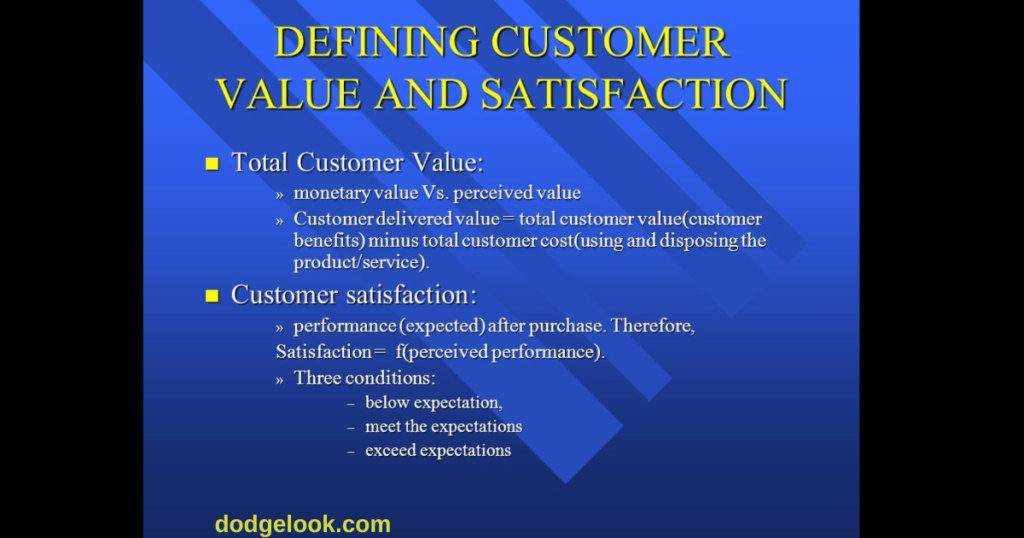
Customer satisfaction serves as a vital measure of a vehicle’s reliability, and the Dodge Charger performs admirably in this regard. Numerous owners commend the Charger for its performance, comfort, and overall driving experience. Additionally, the Charger retains a respectable resale value, often indicative of a dependable vehicle.
Reliable Dodge Charger Model Years

If you are in search of a more dependable Dodge Charger from the last two generations, you are in luck. The latest models have demonstrated commendable performance and have received consistently positive feedback from their owners.
The following list highlights the most reliable Dodge Charger model years:
- 2021
- 2020
- 2019
- 2018
- 2017
- 2016
- 2010
- 2009
While these years may not be flawless, it is important to recognize that no vehicle is entirely perfect; however, these models are generally regarded as more reliable and durable compared to the less favorable years of the Dodge Charger.
Additionally, it is essential to take into account the various trim levels and the features available for each model year when determining which option best suits your needs.
Which Dodge Charger Models Are Considered Good Used Vehicles?

Used vehicles typically offer a more budget-friendly option, although they may incur slightly higher maintenance costs. The Dodge Charger tends to be pricier than many other vehicles, particularly when purchased new. Therefore, it is crucial to identify which models are most advantageous to acquire in the used market.
One effective strategy to manage ownership expenses is to seek out Chargers that are known for their durability and overall condition.
The following model years are recognized for their longevity, making them excellent candidates for used purchases:
2009
2010
2017
2018
Additionally, the more recent 2019 models are also viable options if available in the used market. However, because many of these vehicles are still in use by their original owners, the availability of used units is limited. Furthermore, as these models are relatively new, there is insufficient data regarding their performance and reliability as used vehicles.
Taking these factors into account will assist you in refining your selection of Dodge Charger models, highlighting the most favorable years and distinguishing between those best suited for new purchases versus those ideal for the used market.
Conclusion: Is the Dodge Charger Reliable?
The Dodge Charger offers a mix of power, style, and practicality, but its reliability depends on the model year, maintenance, and driving habits. While it boasts strong engine performance and a solid reputation as a muscle car, some models have faced issues with electrical components, transmission, and overall longevity. Consumer reviews and reliability ratings suggest that with proper care and routine maintenance, the Charger can be a dependable vehicle. If you prioritize speed and performance over long-term durability, the Charger is a great choice. However, for those seeking long-lasting reliability, researching specific model years and considering extended warranties may be beneficial.
FAQs:
Q: Which model years of the Dodge Charger should be avoided?
A: The guide indicates that the Dodge Charger model years to avoid are 2006, 2007, 2008, 2011, 2012, and 2014. These particular years have been reported to experience a higher frequency of issues compared to others.
Q: What is the predominant issue reported with the Dodge Charger model years to avoid?
A: The most critical and commonly reported issue linked to the Dodge Charger years to avoid is premature engine failure, particularly noted in the 2006 model. In numerous instances, the engine may require complete replacement or extensive rebuilding once problems manifest.
Q: Which recent model years of the Dodge Charger are regarded as more reliable?
A: For those seeking a more reliable Dodge Charger from the last two generations, the following model years are recommended: 2021, 2020, 2019, 2018, 2017, 2016, 2010, and 2009. While no vehicle is without flaws, these models generally exhibit a superior reliability and longevity record compared to the years to avoid.
Q: Are there additional significant issues associated with the problematic Dodge Charger years?
A: Other prevalent issues include sticky gear shifters, premature suspension wear, electrical malfunctions related to the ignition, brake problems (notably in the 2019 model), alternator failures, warping door panels, and PCM/TCM issues that can result in rough shifting.
Are Dodge Chargers generally reliable?
While there are Dodge Chargers from the 1960s to the 1980s, this discussion will concentrate on the 21st-century models beginning with the 2006 year. The reputation of these more recent models is not particularly strong in terms of dependability, specifically advising against the 2006-2008, 2011, 2012, and 2014 model years.
What is the typical cost of a used Dodge Charger?
An older 21st-century Dodge Charger typically starts at around $7,000. However, newer models with a more favorable reliability history command significantly higher prices. For instance, the average asking price for a 2018 Dodge Charger is approximately $28,816, as reported by CoPilot Price Pulse. Limited availability of used cars has resulted in increased prices, which now reflect a 32% market premium.
Is the Dodge Charger a wise investment?
The Dodge Charger can be a commendable choice for a used vehicle, particularly if you concentrate on model years known for their reliability. For the sixth generation, the 2009 and 2010 models are recommended. Among the seventh generation, the years 2013 and 2015-2018 stand out as the most reliable. For further insights, refer to this article detailing the most dependable Dodge Charger model years.


